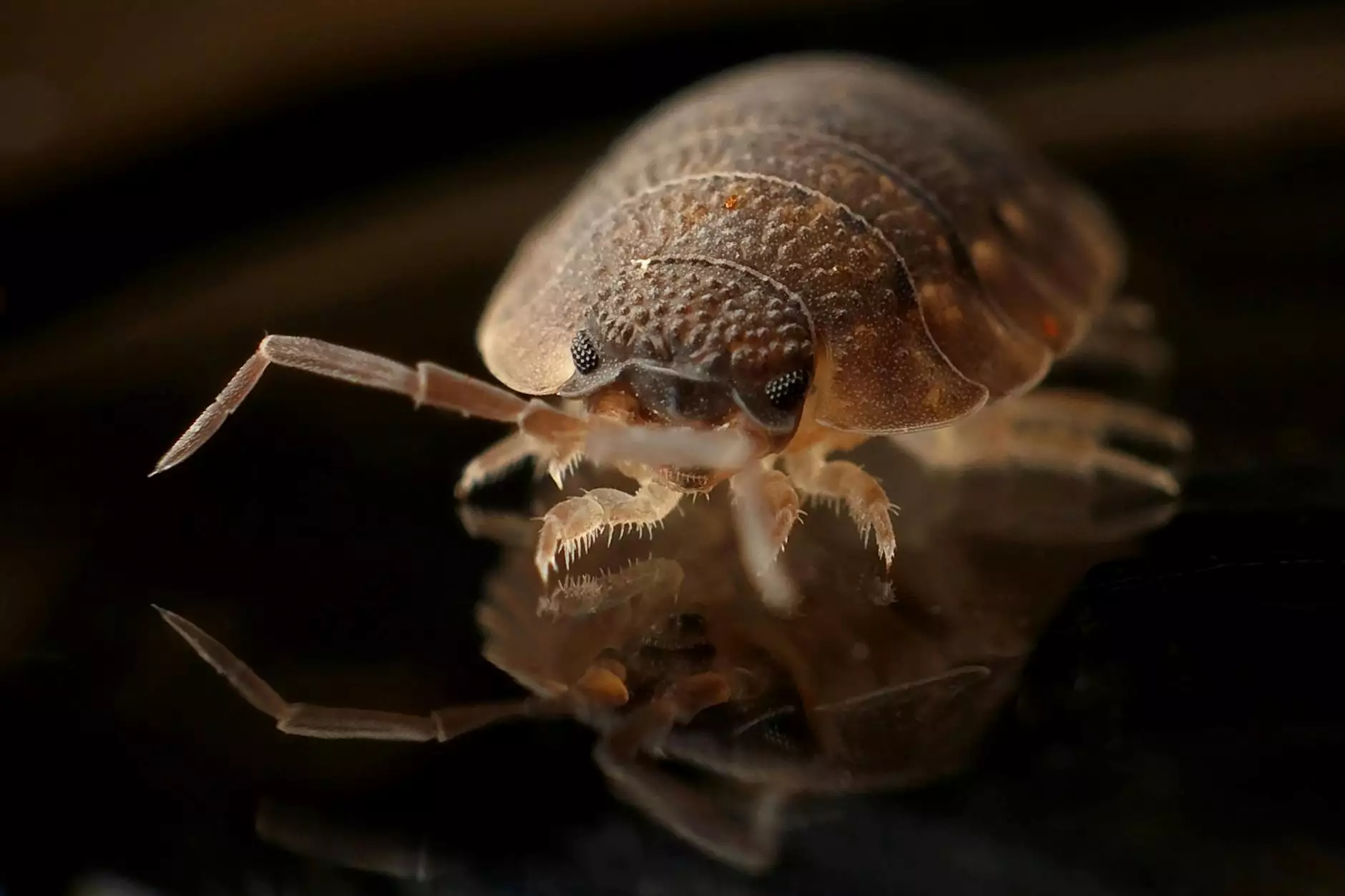Where Does All The Dust In Your House Come From?
Blog
Dust is a seemingly never-ending nuisance that accumulates in our homes. It settles on surfaces, creates a film on furniture, and can trigger allergies. But have you ever wondered where all this dust comes from?
The Dust You Bring In
As we go about our daily lives, we inadvertently bring dust particles from outside into our homes. Every time we enter our homes, especially if we have been outdoors, we carry dust on our shoes, clothes, and even our bodies. Tiny particles of dirt, pollen, and pollutants hitch a ride and settle indoors.
To minimize the amount of outdoor dust brought inside, Southside Fixtures recommends using doormats, removing shoes at the entrance, and regularly washing clothes that have been exposed to outdoor environments.
Pet Dander and Fur
If you have furry friends, you may be well aware that they can contribute significantly to the amount of dust in your home. Shedding fur, dander, and feathers can all become airborne dust particles that settle on surfaces. Regular grooming, vacuuming, and keeping pets off certain furniture can help reduce the impact of pet-related dust.
Dead Skin Cells
Believe it or not, the majority of household dust is made up of dead skin cells. Humans constantly shed skin cells, and these particles become airborne, eventually settling on various surfaces in our homes. Regular cleaning, dusting, and keeping humidity levels in check can help control the accumulation of this type of dust.
Pollen and Outdoor Allergens
Pollen is a common outdoor allergen that can find its way indoors through open windows, doors, or ventilation systems. This can be especially troublesome during specific seasons when pollen counts are high. To minimize the impact of pollen and other outdoor allergens, Southside Fixtures suggests using air purifiers with HEPA filters, keeping windows closed during peak season, and regularly cleaning and replacing air filters in your home.
Indoor Air Pollution
In addition to the external factors mentioned above, there are several sources of indoor air pollution that can contribute to dust accumulation. These include smoking, cooking, using certain cleaning products, and even the materials used in furniture and flooring. Proper ventilation, regular cleaning, and using air purifiers can help reduce indoor air pollution and consequently minimize dust levels.
Conclusion
Understanding the sources of dust in your home is the first step towards effectively managing it. By implementing the recommendations mentioned above, you can reduce dust levels and improve your indoor air quality. Southside Fixtures, a leading provider of home maintenance solutions, offers a range of services and products to help you tackle dust issues and create a healthier living environment.
Don't let dust settle for good. Contact Southside Fixtures today and let us assist you in keeping your home clean, dust-free, and allergen-friendly!










